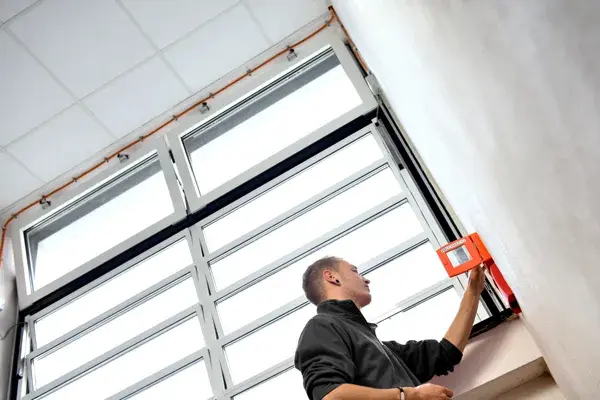The smoke from a fire spreads quickly. On the one hand, this makes it harder for people to find their way around, and on the other hand, the smoke is toxic. Just a few breaths of the smoke can have health consequences. Smoke extraction systems dissipate the smoke.
Types of smoke extraction systems
Smoke extraction systems remove smoke from the room. Natural smoke extraction systems and mechanical smoke extraction systems ensure that rooms are smoke-free. Smoke protection pressure systems displace the smoke completely, so that important areas such as fire brigade lifts, escape tunnels and safety rooms remain smoke-free.
A smoke extraction system consists of several individual components. These include:
- Triggering and operating elements
- Power supply
- Cables
- Opening elements
- Smoke curtains
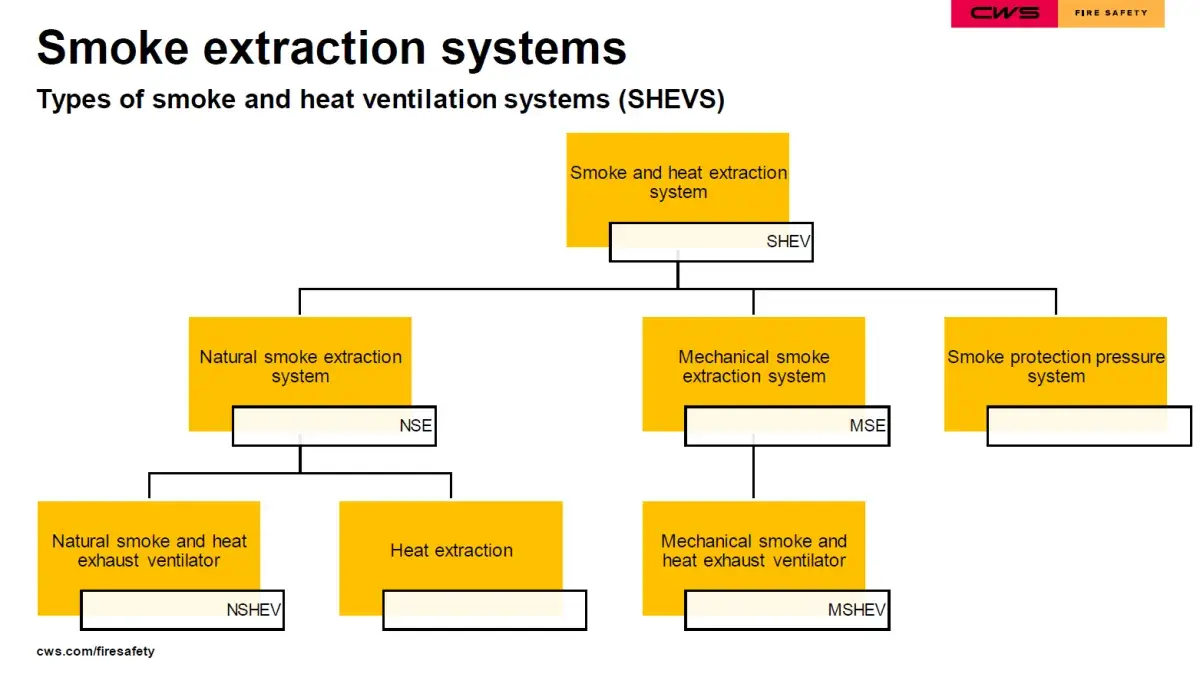
The opening element (also called smoke and heat exhaust ventilator) is installed in the building roof or wall. These opening elements include:
- skylight domes
- Windows
- Louvres
- Flap ventilators
The individual components of smoke extraction systems are matched to each other as well as to the building situation (snow load, wind pressure, etc.).
Protection goals for smoke extraction systems
Smoke extraction systems can be used for the following protection objectives:
- Personal protection: Securing escape and rescue routes, safety rooms, fire brigade lifts or escape tunnels.
- Property protection: Reduction of the spread of fire, consequential fire damage and the risk of explosive ignition (flash over).
- Environmental protection: Reduction of soil, water or air pollution.
1. Natural smoke extraction systems
The natural smoke extraction system is installed in exterior walls or ceilings. The function of the natural smoke extraction system is based on the thermal buoyancy principle. Hot smoke, heat as well as fire gases rise where they are led to the outside via an opening, e.g. a skylight dome on the roof.
In case of fire, the natural smoke extraction system can be triggered automatically or manually. Electric, pneumatic or pyrotechnic drive types are used.
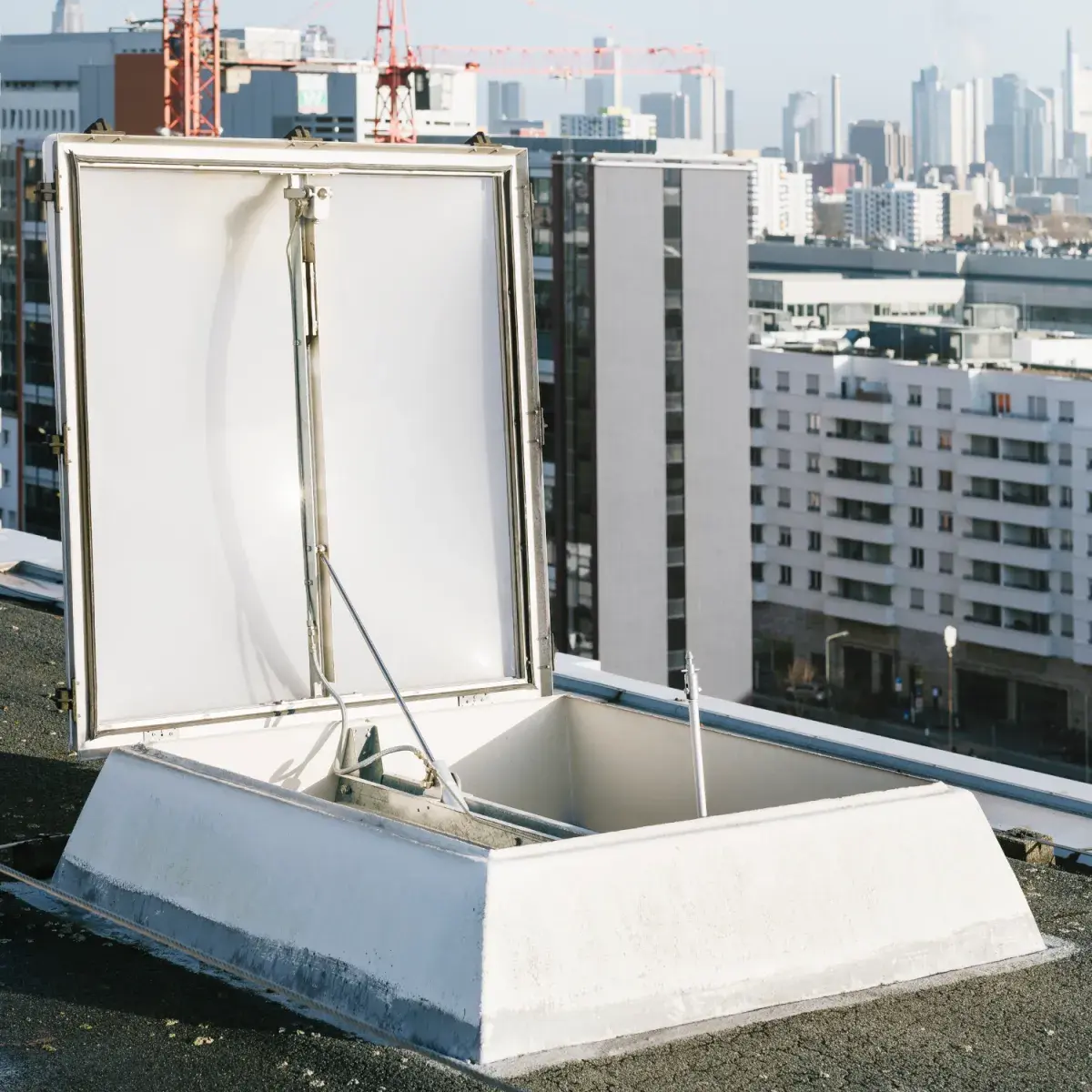
The smoke extraction system is installed in the following rooms in particular:
- Staircases
- Assembly halls
- Production or storage halls
The electrical smoke extraction system can also be used as a ventilation system (heat extraction). By manually triggering the opening, a room can be well ventilated on very warm days. For this purpose, there are two additional buttons on the orange manual button of the natural smoke extraction system for opening and closing. The release button behind the safety glass of the manual pushbutton is only intended for use in case of fire.
Maintenance of a natural smoke extraction system

Annual maintenance by a competent person is mandatory. The operator must carry out and document a visual inspection at least once a year. We carry out the maintenance of natural smoke extraction systems. Please feel free to contact us.
2. Mechanical smoke extraction systems
The mechanical smoke extraction system (MRA) is installed in interior rooms or in rooms in which no sufficient opening to the outside can be installed. Typical rooms for mechanical smoke extraction systems are:
- Basement rooms
- Underground garages
- Sales areas
- Interior rooms in a multi-storey building
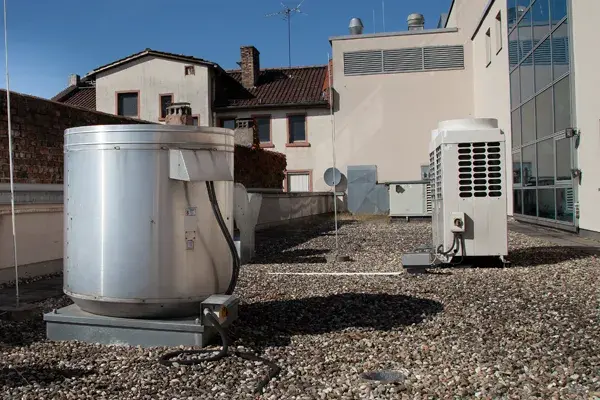
The mechanical smoke extraction system is connected to a mechanical ventilation system and fans. Occurring heat as well as cold and warm smoke are led out of the room through ventilation pipes to the outside via an opening element. At the same time, fresh air is led into the building through other openings or supply air fans (air exchange).
The electrical cables for the motor drive as well as the fans of the mechanical smoke extraction system must be separately protected from fire and heat to ensure functional safety in case of fire.
Maintenance of mechanical smoke extraction systems
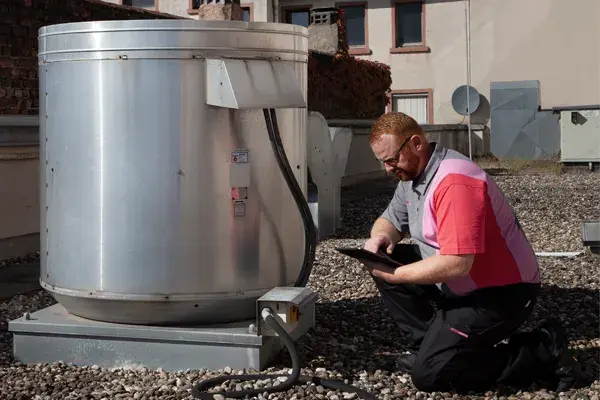
Annual maintenance by a competent person is required. Operators are obliged to carry out and document a visual inspection at least once a year. We carry out the maintenance of mechanical smoke extraction systems. Please feel free to request a quotation.
3. smoke extraction through smoke protection pressure systems
Smoke extraction systems that generate overpressure are called smoke protection pressure systems (RDA), pressure ventilation systems, overpressure systems or safety overpressure ventilation systems (SÜLA®). The smoke protection pressure system ensures that smoke does not enter from surrounding rooms by creating a controlled overpressure in a certain area.
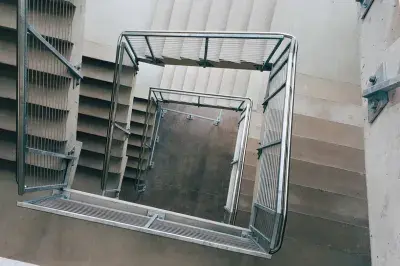
For this, it is mandatory that a fire alarm system has been installed in all rooms and that the smoke protection pressure system is automatically switched on with the first smoke alarm. In addition, there must be self-closing fire doors to the surrounding rooms that close in the event of an alarm. However, the overpressure of the smoke extraction system may only be set high enough so that people can still open the fire doors to get to safety. At the moment the door is opened, the pressure is increased to prevent smoke from entering the protected area.
Smoke protection pressure systems are often installed in the following areas:
- Stairwells
- Fire brigade lifts
- Escape tunnels
Maintenance of smoke protection pressure systems
Annual maintenance by a competent person is mandatory. Once a year, the operator must carry out and document a visual inspection. We carry out the maintenance of smoke protection pressure systems. Please feel free to contact us.
